Today we are joined by Stipan, the artist of HEIR MEDICINE, our latest comic for our forthcoming [LEGENDS] collection, as he walks us through his creative process. He has a lot of wonderful things to say and show, so read on!
Introduction
When Deniz threw this story at me I loved it right away. A good man succumbs to his fears, paranoia and heat; a hellish world leads him to take his own life. Right away I could’ve imagined it as a stage play, as a novel, movie, anything, it had this Twilight Zone flavor and the world was amazing. It could have grown in many directions, into 100 pages easy, so we first had to find out our limitations, how many pages do we have to tell it. Twenty pages was what we were given and it felt enough. We would make it lean and mean.
As we are talking about the craft here, I’ll try to share how we did it without boring you to death. Without the internet, or living in the same town, the way we work would be impossible. It’s not that Deniz sends me the whole finished cemented script; some things are elaborate and finished, some are sketched in broad strokes. Everything is very fluid, and everything is up for discussion. We take the story and list what we have: the death scene, 3 pages; eye guy, 1 page. We talk a lot, we let ourselves spiral off topic and we bring in all the different associations, personal experiences, brainstorm. The thing grows and shrinks; we peel off layers and try to reach the emotional core, and find the right way to express it.
While we talk, I start by drawing VERY rough in Clip Studio Paint, scribbles that only I can read, and only that or the next day. Some things I really use later, some are just notes on problems that remain to be solved. What we always strive for, the paramount goal, is to reach CLARITY.
First page
With only 20 pages to tell the story, we had to be extremely efficient. This was the chosen solution: it’s a hot, chaotic, overcrowded world, a boiling cauldron of life and death, wealth and crime, a neon jungle. Our main character is this dude that is currently in danger, entering the room, gun pointed at his face and there is a man bleeding his guts out. With only three panels we jump straight into it, start the story , throw a hook … (Artist brag: Please note how the panel borders guide your eye to the center of the focus, so you can read the situation easier, even at thumbnail scale)
Our main character, the young doctor, is a good man, compassionate, a bit of a hermit. I was just recently watching Wu Tang: An American Saga and there were a bunch of extraordinary young actors. I saw him as an Ashton Sanders type of guy.
His voiceover captions lead us through his cases, and we had to set up the ending from the get go.
Regarding Ashton, I don’t really do reference; I had a few pictures and I drew him a couple of times and that was it. After that, I consider that I’ve learned the character and I improv the rest so that in the end it’s both him and not him.
Painting process
This time I wanted to try something new so I took those sketches and printed them out on the paper at 65x50 cm (25.5x19.7 for the measurement theory challenged). So pretty big, and In color.
As you can see, some of these are barely readable smudges, but what I really cared about is the composition of the page, the panels, and that everything is in its place.
On my first page that I did (this one) I used tape to protect the gutters and cover the edge of the intended comic book page format which gave me a ton of headaches later! :)
After I finished painting (with acrylics, watercolors, colored pens, copic markers and just about anything that I could grab) the damn tape ripped off the paper! I had a ton of work fixing that up later. But the result made me happy. Just look at the first 2 panels of that same page. Improvement!
The difference between what I printed out and the finished panel is substantial.
The finished page is a big sheet of madness. I would first spray them with acrylic paint from the cans, then I would draw and paint with colors.
I think that what Deniz and I do especially well — and what we enjoy doing most — is creating side characters. Look just at the gallery that you meet in this short, they all seem to have a life and a story:
This lady and her man, knockin on heaven’s door. No spring chickens these two.
Eye Guy that just stepped out of a very smokey Berlin club:
.Mysterious Patient X
There’s a hired killer who became the saint, believe it or not.
CONCLUSION
Once I’ve had my way with the pages, doing my best to tell the story visually, I send it off to Deniz to put the finishing touches. As such, I’ll let him finish this post off (1st Deniz Camp guest appearance! Valuable collector’s item!)
DENIZ: *blows kiss to Stipan* Once I get the finished pages from Stipan, I throw out the original script and let myself be inspired by Stipan’s work. This is a crucial part of our process; the best stuff from the original script tends to stay/get remembered, while the worst and unnecessary stuff falls away or gets replaced by something better. I’m no longer bound by what I wrote, and get to respond to the art, to what the story has become. The characters come alive, their voices as much derived from how Stipan drew them as the other way around. I think this spirit — of responding to each other, pushing each other, one upping each other, all while TRUSTING each other — is what makes our collaboration special. It’s also what makes the process so much FUN! We both kind of transcend ourselves, and get to create something stronger than either of us could have alone, while telling each other stories and jokes.
I hope that comes through in the story — that we were having fun, but trying to bleed on the pages, too. Many thanks to the 3W/3M team for having us — we hope we did justice to your universe!





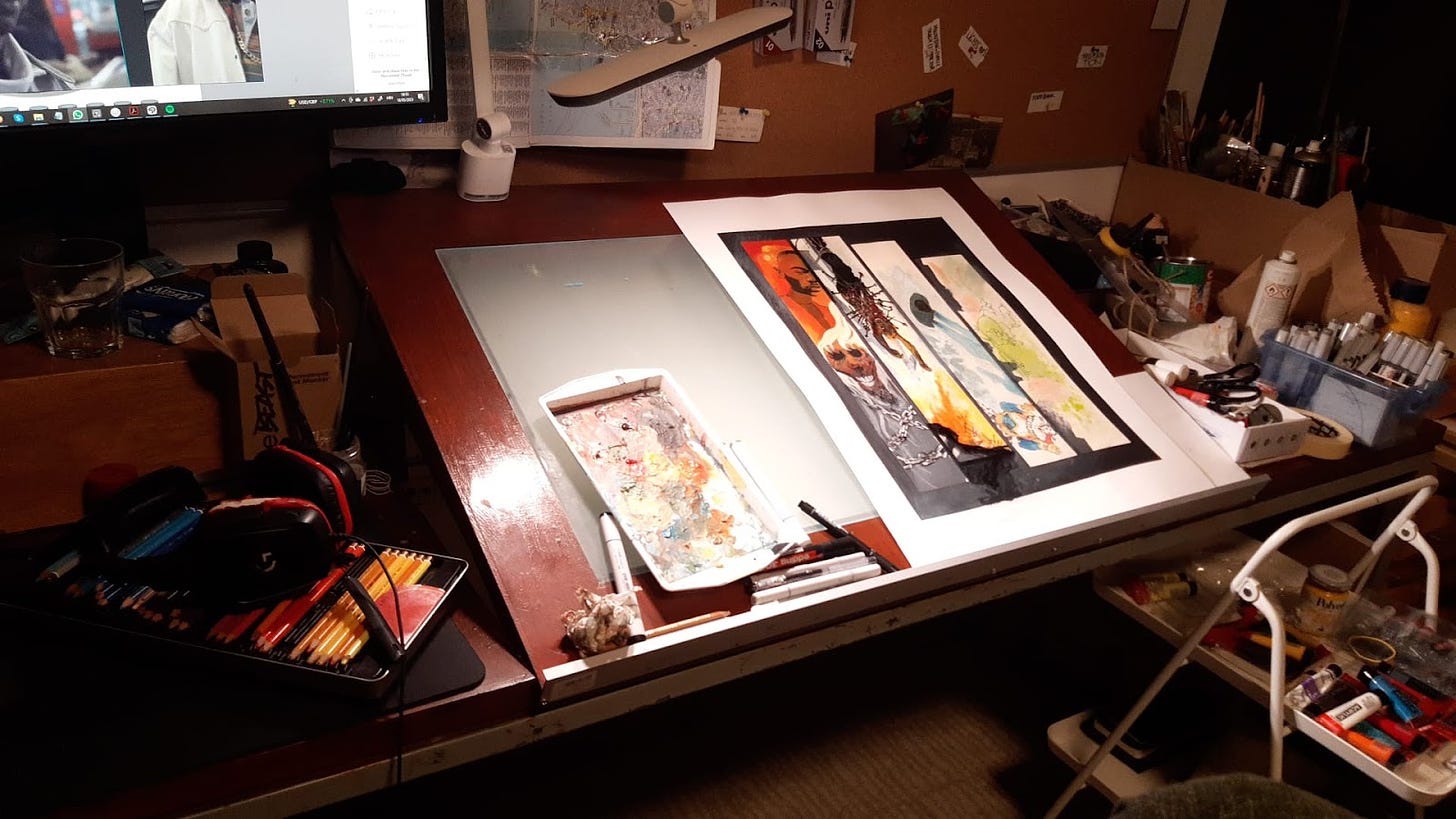

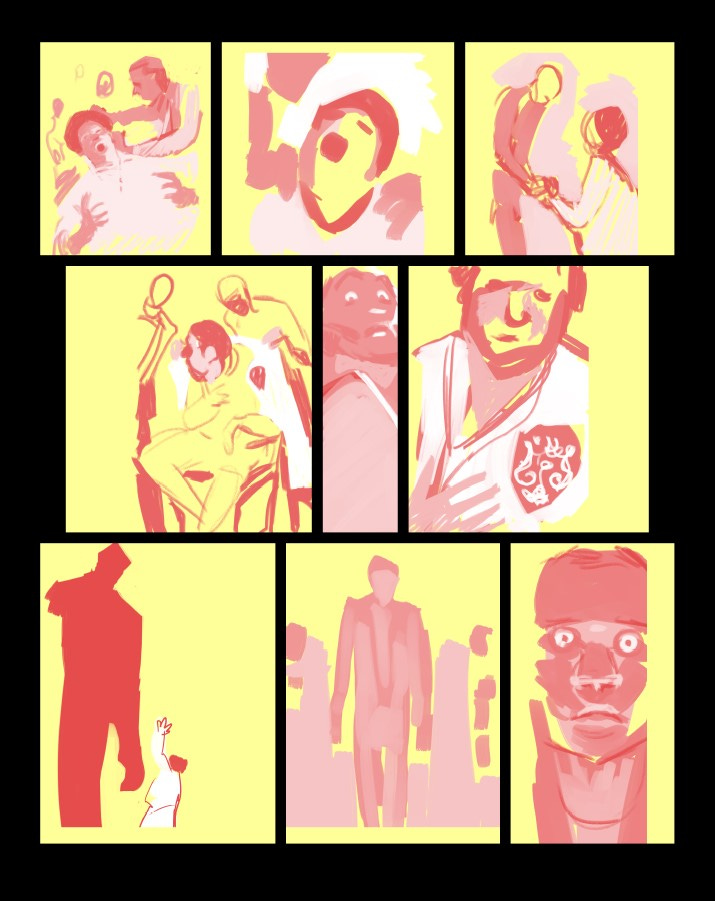
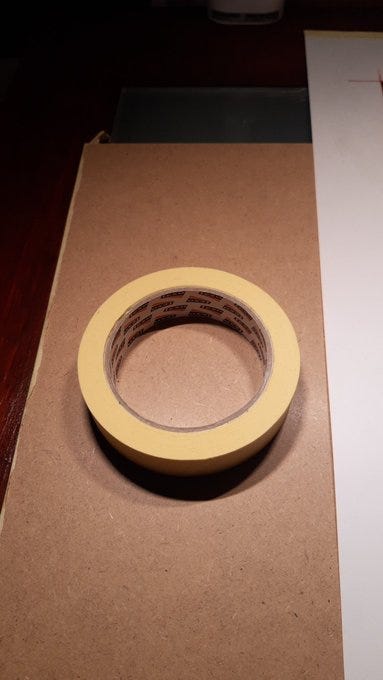
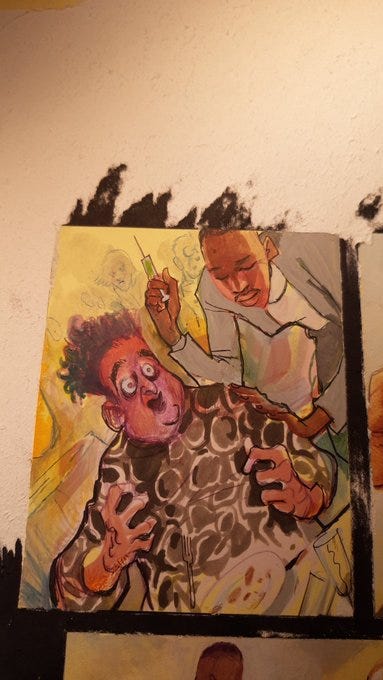
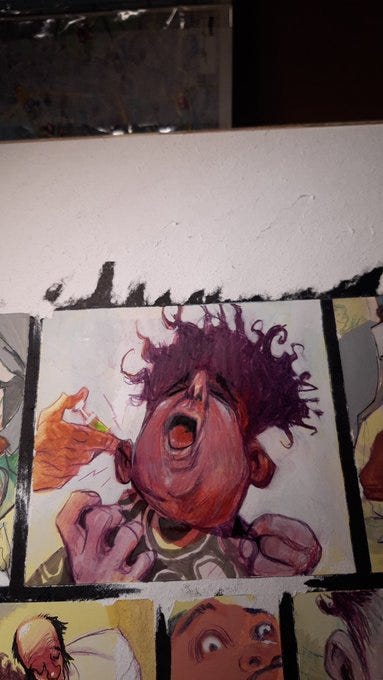
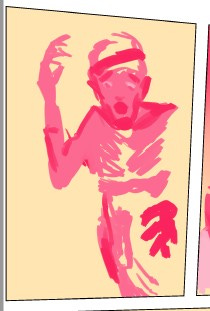
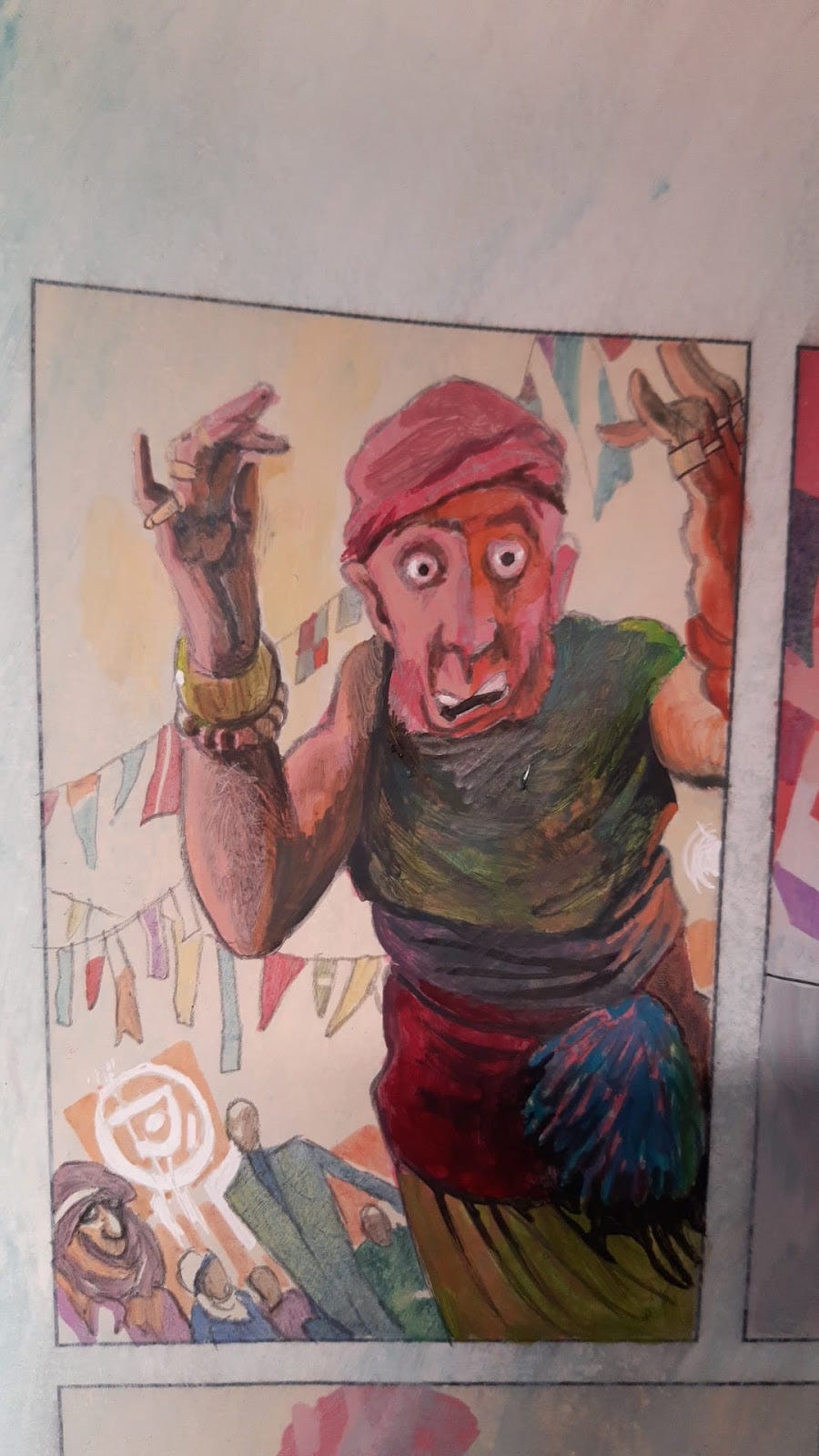
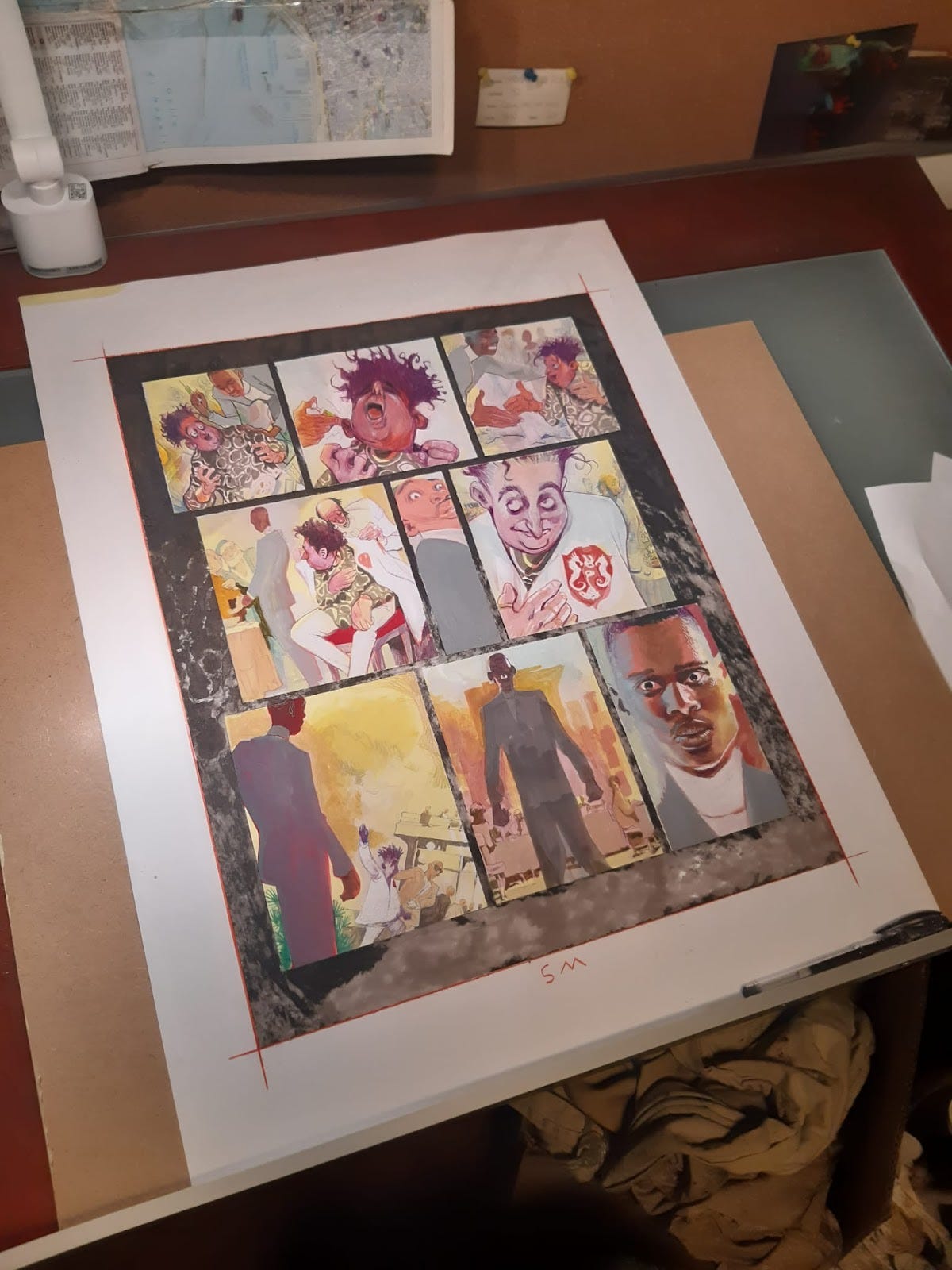
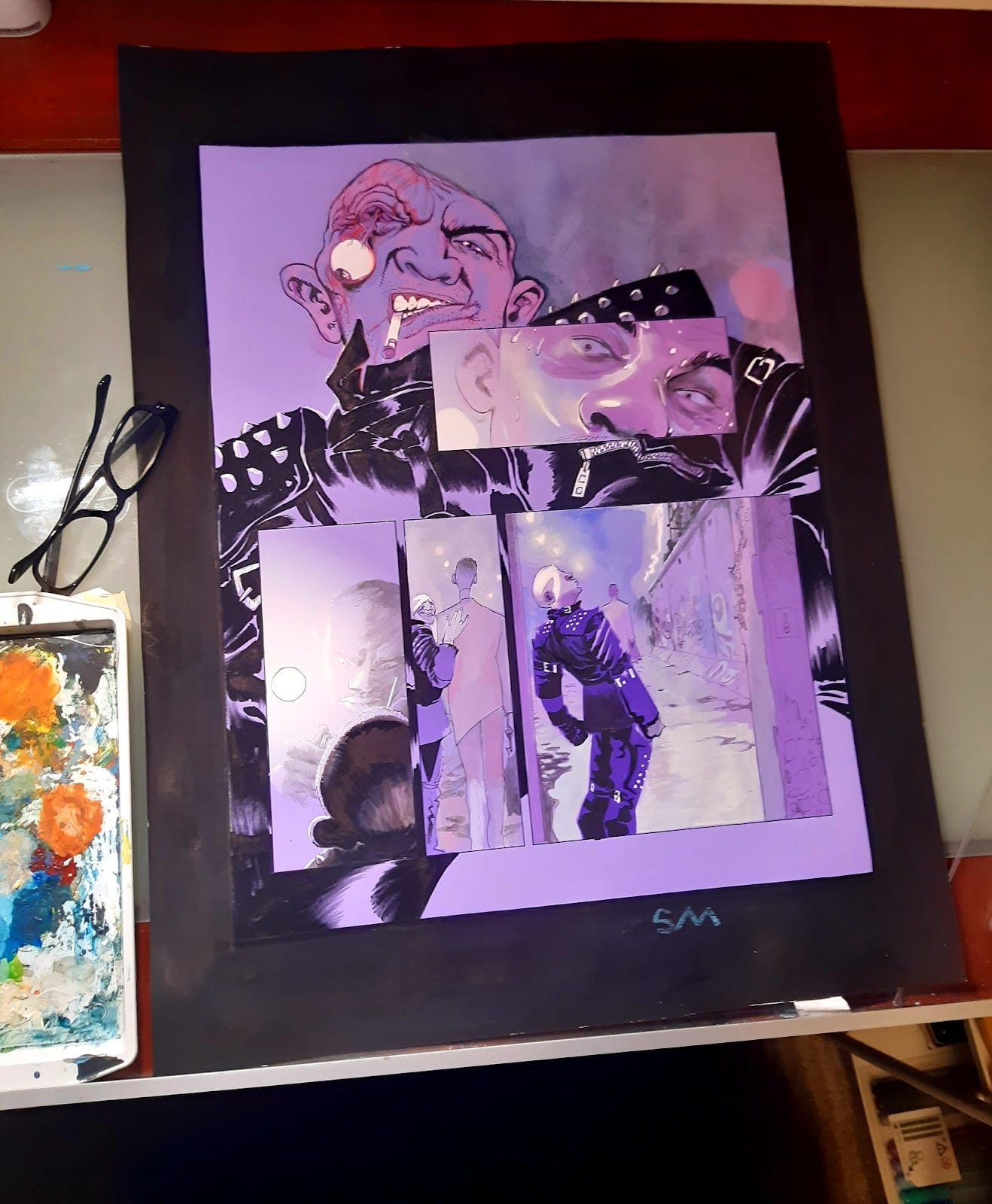
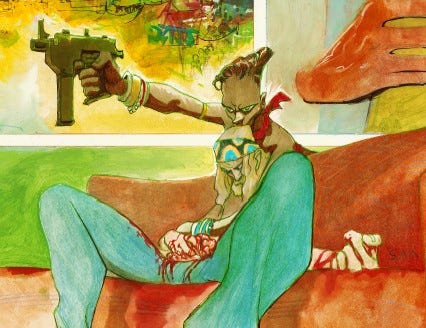
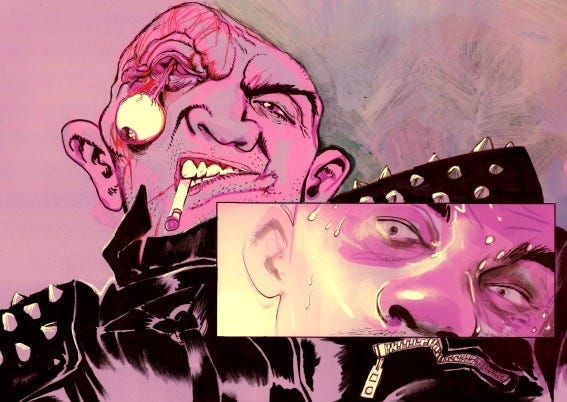
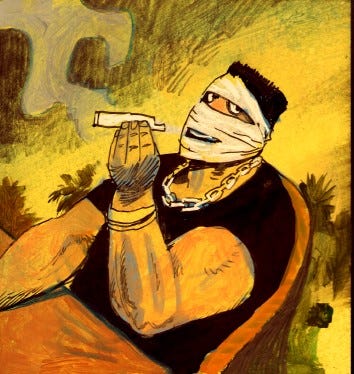
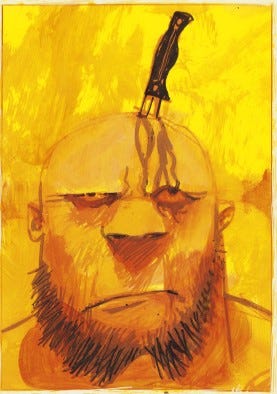
Beautiful! Thank you for sharing your process. I love this story.
This was an incredible story. Truly a work of art. Thanks for sharing your process